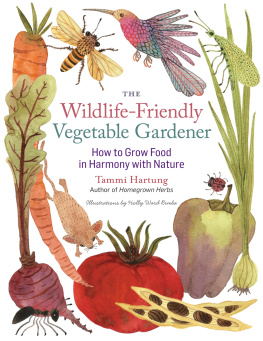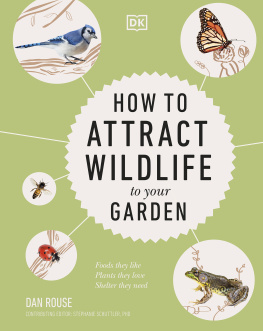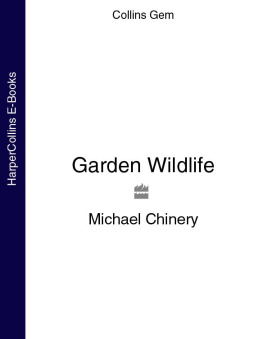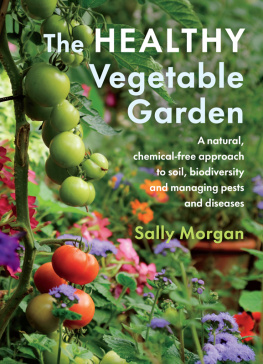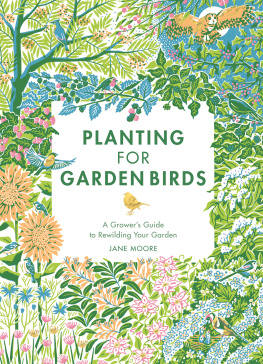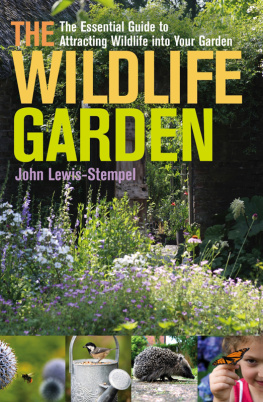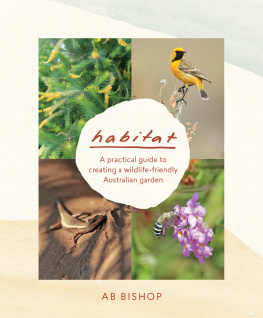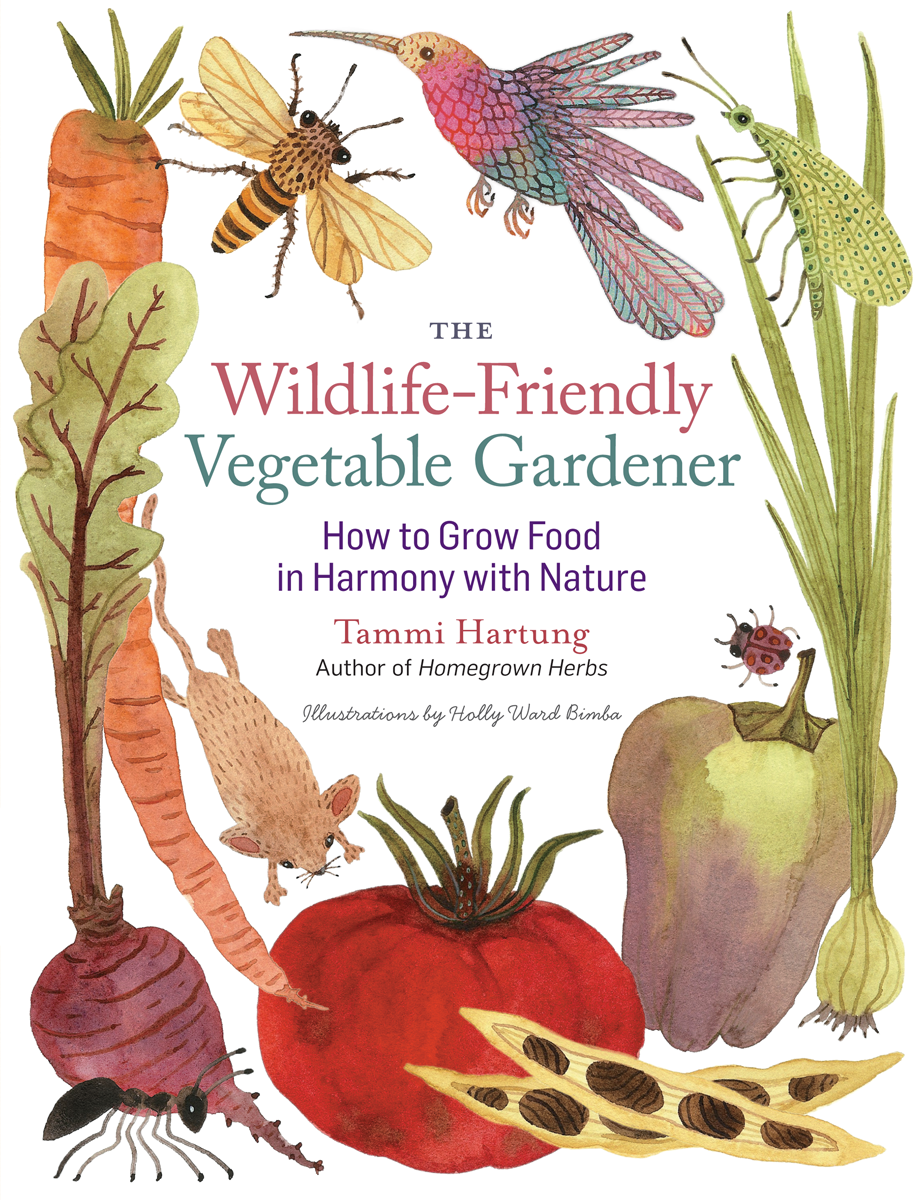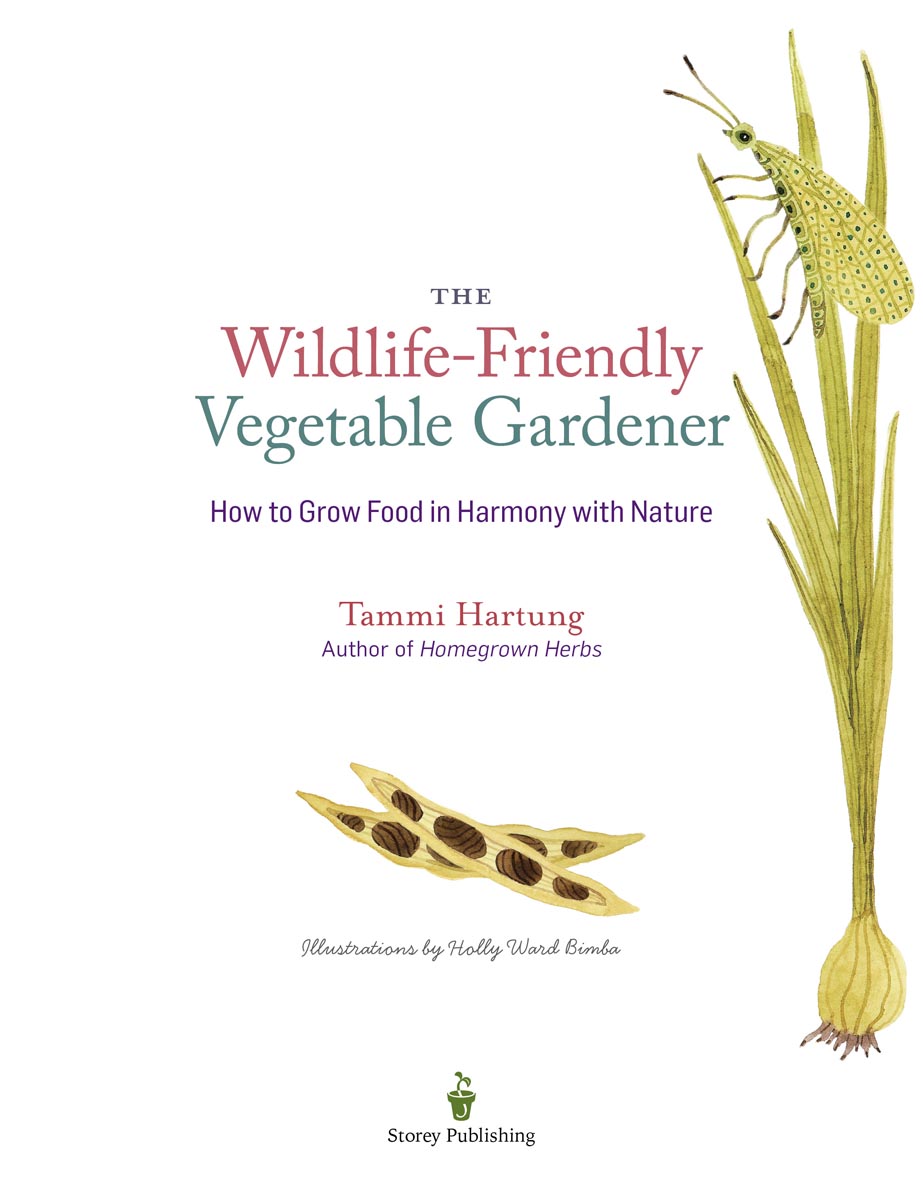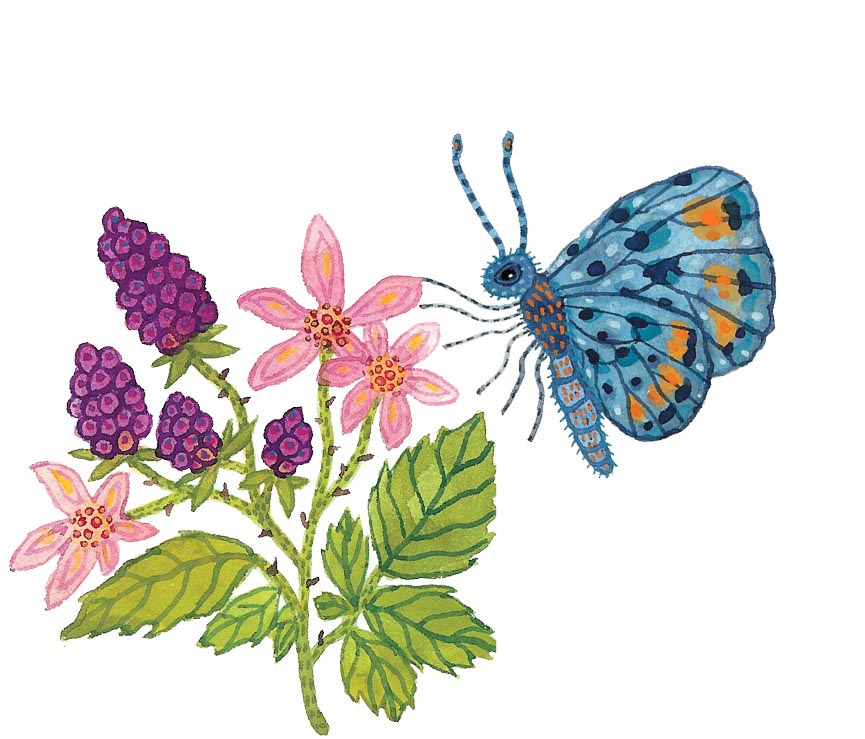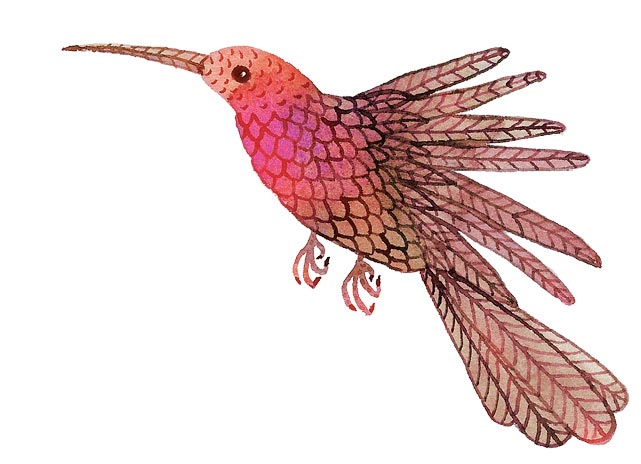Dedicated to the Earth and all the lessons she teaches me
Acknowledgments
I feel deep gratitude for all the wild creatures that live with me in a positive and good way here on our farm. I appreciate that they live on this land or visit it often as part of their daily lives. They offer me great assistance by pollinating the plants, managing pests, and leaving behind their manures to nourish the soil. My gardens would not be so abundant without them.
I offer my heartfelt thanks to Carleen, my editor at Storey. She has been a guiding force to me for some years now and has become an honored friend. All of the Storey staff have been amazing and wonderful, and I thank each and every one of them for their great help and support, with a special thank-you to Liz.
My greatest thanks are for Chris, the amazing love of my life, who has gone out of his way to facilitate the time and space for me to write this book. Thanks also to Mlissa, my lovely daughter, and Lizz, who is like a daughter to me; these two women bring great pleasure and love into my life, and they have both helped me write this book in too many ways to count.
Contents
Preface
My interest in wildlife was nurtured early on, in taking hikes with my father; as we walked along, Dad would point out the animals and trees around us. My maternal grandmother had a special relationship with wild critters, as well. She would talk about them as though they were part of her family, and indeed wild animals always seemed to accept her as part of their world. I remember when a mother raccoon brought her family into the backyard and waited for my grandmother to step out onto the porch and coo over the little ones. After receiving her praise, the mother raccoon herded her children off. My grandmother taught me to be quiet and watch, to respect wild animals, and to honor their role on Earth.
In 1994 I married Chris and moved to the arboretum he managed for the Denver Botanic Gardens. This 700-acre historic farmstead and nature preserve was absolutely teeming with wildlife, large and small. There were coyotes and mountain lions, great horned owls and golden eagles. We had tremendous numbers of deer, including a handsome buck I fondly called Sebastian. I chased that buck out of the 3-acre pumpkin patch on a couple of different occasions. He would stand very still, close to the nature trails, and schoolchildren visiting the arboretum stopped in their tracks, pointing at him when they saw him. I think he enjoyed the attention we all gave him, along with our great respect. For many of those kids he was their first up-close-and-personal experience with a wild animal.
Living at the arboretum, surrounded by wildlife, served as my introduction to wildlife-friendly food gardening. I planted vegetable gardens around our home, which sat in the heart of the historic farmstead. Because our home was located along the pathways open to visitors, Chriss supervisors asked that we not put a fence around my vegetable gardens, which had transformed our front yard. My gardens were also directly in the traffic flow of deer, raccoons, bears, coyotes, and zillions of cottontails. I learned it is not wise to have an open compost pile right outside the kitchen door if there are raccoons in the neighborhood. I discovered that if I planted a parsley border around the garden, the rabbits would eat the parsley and leave the lettuce alone. The deer, too, ate the parsley but not the tomatoes or squash. I gained a lot of firsthand experience in the two years I lived there before we bought our farm and moved to southern Colorado.
We created Desert Canyon Farm, in 1996, to grow organic herbs. Our farm is small, only 5 acres, and sits in a rural neighborhood just minutes from public acreage owned by the Bureau of Land Management (BLM). We are surrounded by other small farms that have horses, goats, cows, and lots of fences. Our farm has only one small fence around a section of the food garden where I grow lettuce and greens. We live with deer, foxes, coyotes, bears, bobcats, and even a bald eagle. There are smaller animals, too skunks, raccoons, squirrels, and cottontails. The diversity of native pollinators and beneficial insects visiting the farm is staggering.
Our farm is certified as both a wildlife sanctuary and a botanical sanctuary. We offer education to schoolchildren and tours for adults, enabling them to experience a certified-organic working farm in harmony with the natural world. We do not have livestock only our cats, which we have trained to be wildlife-friendly so there are no real threats from domestic animals to the wildlife that exists here with us.
Coexisting with wildlife in a way that still allows us to earn our livelihood has meant that we need to be very good at observing nature; it has also meant learning a different way of doing things.
The land on our farm was terribly abused as a rental property, but we have slowly turned it into a paradise that I love to call my homeplace. Chris and I have planted trees by the hundreds, because when we moved here there were only a few. As the trees have grown, so have the varieties of animals and birds. At one point I counted 58 kinds of birds that live or visit here, and each year I see more birds.
One of our goals is to coexist with the wildlife on the farm in a way that meets the needs of the natural world as well as our own. To this end, we constantly strive to create habitats for wild animals that offer protection, food sources, water, and places to build their homes and raise their young. Coexisting with wildlife in a way that still allows us to earn our livelihood by farming crops and growing beautiful productive gardens has meant that we need to be very good at observing nature. Making it all work has meant learning a different way of doing things. I have discovered that some things like the parsley and the cottontails work very well, whereas other things have failed miserably. Once, I sprinkled blood-meal as a repellent barrier around a section of my food garden to keep the deer from nibbling there. I was trying to be frugal, so instead of buying a blood-meal product that was formulated as an animal repellent and deodorized, I just bought a bag of regular blood meal. A couple of neighbor dogs smelled the blood meal and destroyed that section of my food garden with their digging. I learned my lesson: to make sure Im using the most appropriate product for a given situation. In any case, Chris and I have come to believe that gardening with wildlife will be a lifelong learning process, and it is one that we embrace enthusiastically.
I hope you, too, will receive great joy from growing fruits, vegetables, herbs, and flowers in a positive relationship with nature. Having wildlife in my gardens has taught me much about the natural cycles that are occurring around me. I have reaped the gifts of many abundant harvests as the result of all those creatures going about their life work. Words can barely do justice to the richness of my daily experiences in my homeplace, because of the creatures that also make it their homeplace. So may it be for you!

